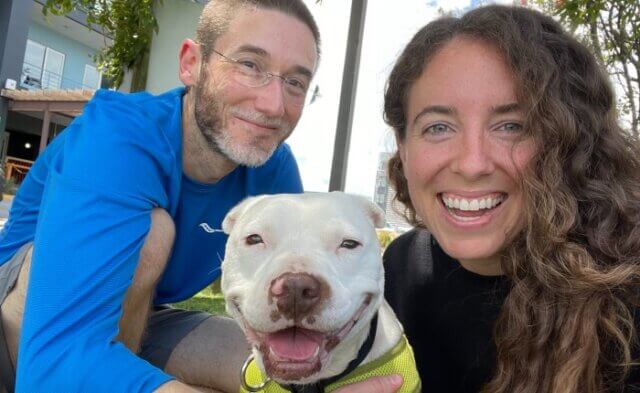As we come to grips with the horrific shooting at Marjory Stoneman Douglas High School in Florida that left 17 dead, one question looms large: How can we prevent more of these killing sprees from occurring in the future?
While debates about gun control and mental health continue, there are simple—and crucial—actions that we must take right now to curb violence: Reporting all acts of cruelty to animals, treating crimes against animals seriously, and ensuring prompt intervention in cases of animal abuse, including psychological treatment of offenders, jail time, and a ban on contact with animals.
Like many other notorious mass murderers, Nikolas Cruz, the Florida school shooter, allegedly had a sordid history of abusing animals. He reportedly shot squirrels and chickens with a pellet gun, tried to make a dog attack a piglet, jammed sticks into rabbit holes, killed toads, and posted photos of dead animals on his social media accounts.
Medical experts and top law-enforcement officials know that such cruelty isn’t normal youthful behavior—it’s a major red flag and a precursor to interpersonal violence. Psychotherapist Dawn Drucker explains the following:
An individual who is able to engage in cruelty to animals appears to have no conscience and thus no remorse for his or her behavior. … Animals can feel pain and suffer, just as humans can, but since sociopaths have a general inability to empathize, they are able to inflict pain and agony on sentient beings with no feelings of remorse—hence the increased probability that cruelty to humans is a next step.
Study after study corroborates Dr. Drucker’s words. Northeastern University and the Massachusetts SPCA found that people who abuse animals are five times more likely to commit violent crimes against humans. Of the 153 people studied who’d been prosecuted for cruelty to animals, 70 percent also had criminal records for violent, property, drug, or other crimes. A police study in Australia reportedly revealed that “100 percent of sexual homicide offenders examined had a history of animal cruelty,” and in three separate studies of battered women, more than half of them reported that their abuser threatened or injured their animal companions.
The FBI uses reports of such activity to help it gauge the threat potential of suspected and known criminals, and the agency categorizes cruelty to animals as felonious—alongside arson, burglary, assault, and homicide—in its criminal database. The American Psychiatric Association also identifies animal abuse as one of the diagnostic criteria for conduct disorders.
Disturbing examples of this correlation—known as “the link” to those in law enforcement and animal protection—abound. Albert DeSalvo (aka “the Boston Strangler”), who killed 13 women, trapped dogs and cats in wooden crates and shot arrows at them in his youth. Serial killer Jeffrey Dahmer impaled frogs, cats, and dogs’ heads on sticks. Dennis Rader (aka “the BTK killer”), who terrorized people in Kansas, wrote in a chronological account of his childhood that he hanged a dog and a cat.
High-school killers Kip Kinkel and Luke Woodham tortured animals before starting their shooting sprees. Columbine High School students Eric Harris and Dylan Klebold, who killed 12 classmates before turning their guns on themselves, spoke to their classmates about mutilating animals.
Those who excuse, trivialize, or ignore cruelty to animals—as well as fail to ensure that young abusers receive professional intervention—are ignoring a ticking time bomb. We must all act to ensure that abuse is reported and stopped. If you know or suspect that someone is harming animals, notify your local law-enforcement and humane agencies immediately.
Speaking up when we see abuse can save lives—those of both animals and humans.






